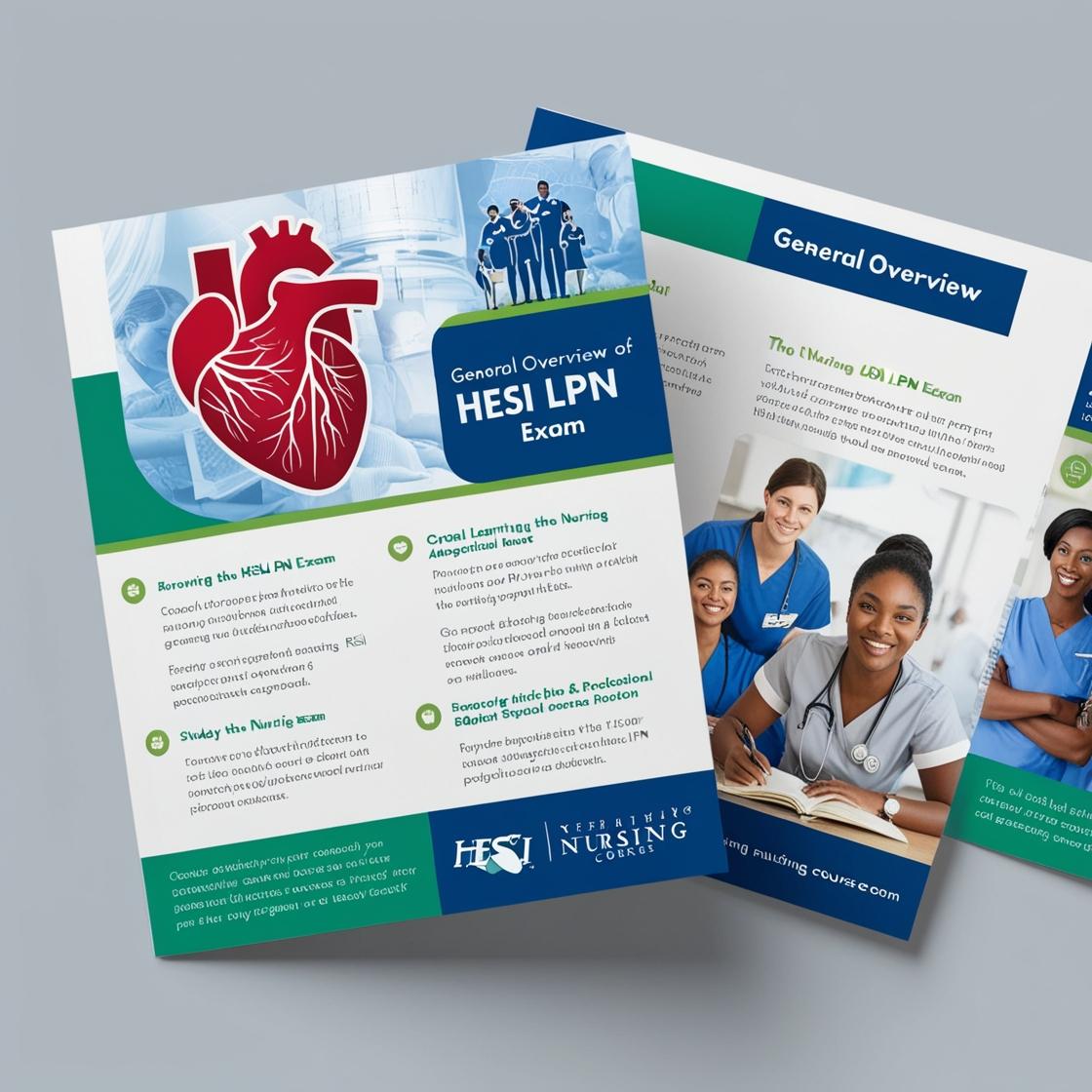HESI LPN
Pediatric Practice Exam HESI
1. After a child returns from surgery for a tracheostomy, what is the priority nursing action?
- A. Suctioning the tracheostomy tube
- B. Changing the tracheostomy dressing
- C. Monitoring respiratory status
- D. Ensuring the tracheostomy ties are secure
Correct answer: A
Rationale: The priority nursing action after a tracheostomy surgery is to suction the tracheostomy tube. Suctioning helps maintain a clear airway and prevent complications such as airway obstruction or respiratory distress. While monitoring respiratory status is important, suctioning takes precedence immediately post-surgery to ensure adequate air exchange. Changing the tracheostomy dressing and ensuring tracheostomy ties are secure are also essential tasks but are secondary to the critical need for airway maintenance through suctioning.
2. A child has been diagnosed with gastroesophageal reflux disease (GERD). What position should the nurse recommend the child be placed in after eating?
- A. Supine
- B. Prone
- C. Semi-Fowler's
- D. Trendelenburg
Correct answer: C
Rationale: After eating, it is beneficial to place a child with GERD in a semi-Fowler's position. This position helps prevent reflux by keeping the child's head elevated above the stomach, reducing the chances of gastric contents flowing back into the esophagus. Placing the child supine (lying flat on their back) can worsen reflux symptoms by allowing gravity to work against the natural flow of gastric contents. Prone position (lying on the stomach) is not recommended due to the increased risk of aspiration. Trendelenburg position (feet elevated above head) is also inappropriate as it can lead to increased pressure on the abdomen, potentially worsening reflux symptoms.
3. A 4-year-old child is admitted to the hospital with a diagnosis of epiglottitis. What is the priority nursing intervention?
- A. Administer antibiotics
- B. Provide humidified oxygen
- C. Keep the child NPO
- D. Position the child upright
Correct answer: C
Rationale: The priority nursing intervention for a 4-year-old child admitted with epiglottitis is to keep the child NPO (nothing by mouth). This is crucial to prevent further airway compromise due to the inflamed epiglottis. Administering antibiotics may be necessary but is not the priority at this moment. Providing humidified oxygen can support oxygenation but does not address the immediate risk of airway obstruction. Positioning the child upright may help with breathing but does not address the risk of aspiration. Keeping the child NPO is essential to maintain a patent airway and prevent complications associated with epiglottitis.
4. During a vaccination drive at a well-child clinic, a nurse observes that a recently hired nurse is not wearing gloves. What should the nurse advise the newly hired nurse to do?
- A. Speak with the nurse manager regarding techniques.
- B. Put on gloves because standard precautions are required.
- C. Continue with the immunizations because gloves are not needed.
- D. Evaluate the child’s appearance to determine whether gloves are needed.
Correct answer: B
Rationale: The correct answer is B: Put on gloves because standard precautions are required. Standard precautions, which include wearing gloves, are crucial in preventing the transmission of infections during immunization. Choice A is incorrect because the immediate action should be to address the lack of gloves. Choice C is incorrect as gloves are necessary for infection control. Choice D is incorrect as gloves should be worn as a standard preventive measure, regardless of the child's appearance.
5. What should be used to feed an infant born with a unilateral cleft lip and palate?
- A. Plastic spoon
- B. Cross-cut nipple
- C. Parenteral infusion
- D. Rubber-tipped syringe
Correct answer: B
Rationale: A cross-cut nipple is the most appropriate choice for feeding an infant with a unilateral cleft lip and palate. Using a cross-cut nipple helps regulate the flow of milk, making feeding easier for the infant and reducing the risk of aspiration. Plastic spoons, parenteral infusion, and rubber-tipped syringes are not recommended for feeding infants with cleft lip and palate as they can pose risks such as choking, aspiration, or inadequate milk intake. It is essential to choose a feeding method that minimizes these risks and ensures proper nutrition for the infant.
Similar Questions

Access More Features
HESI LPN Basic
$69.99/ 30 days
- 50,000 Questions with answers
- All HESI courses Coverage
- 30 days access @ $69.99
HESI LPN Premium
$149.99/ 90 days
- 50,000 Questions with answers
- All HESI courses Coverage
- 30 days access @ $149.99
